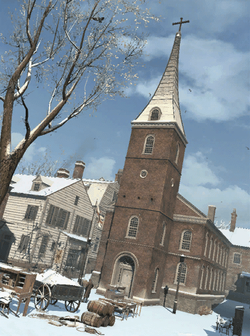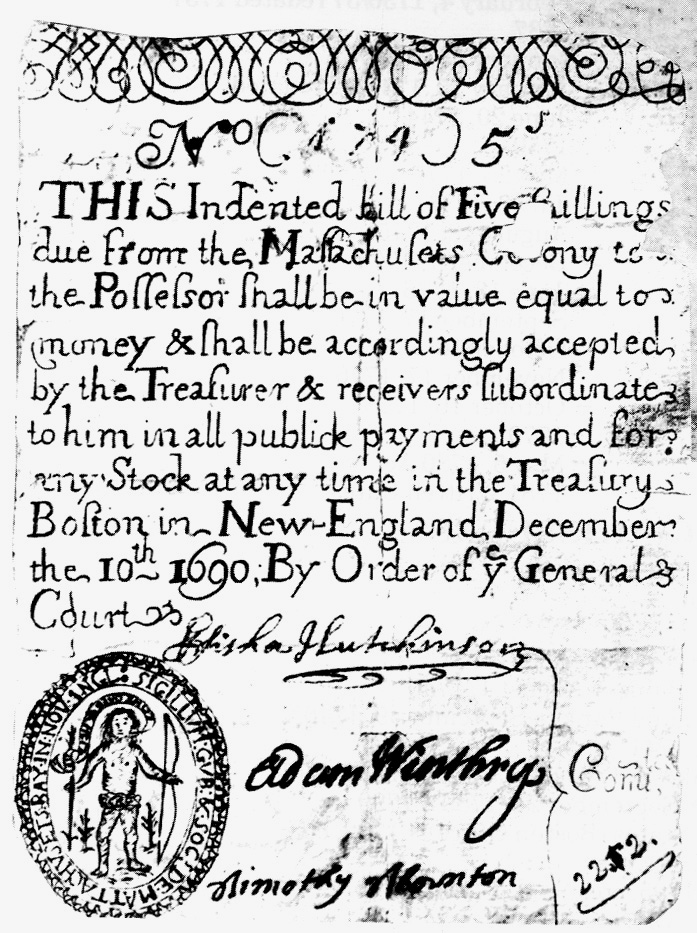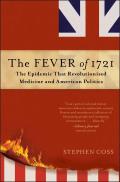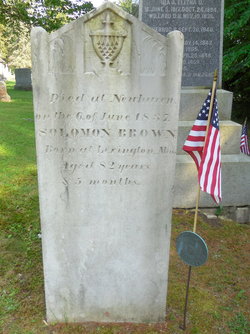“A certain Number to be employed in cleaning the Streets”
[That issue covered 17-24 August while the next covered 24-31 August, so it’s not the issue now dated 24 August in the Readex newspaper database.]
At that time, printers Samuel and Ebenezer Hall had brought their press down from Salem to Cambridge and were publishing just behind the siege lines for the Continental Army and its supporters. During the siege they reported about what they heard from the besieged capital, as in:
We are informed that the Negroes in Boston were lately summoned to meet at Faneuil-Hall, for the Purpose of chusing out of their Body a certain Number to be employed in cleaning the Streets; in which Meeting Joshua Loring, Esq; presided as Moderator. The well known Cesar Meriam opposed the Measure, for which he was committed to Prison, and confined till the Streets were all cleaned.One possibility is that this event never happened, or was distorted beyond the facts by the time the news reached Cambridge. I haven’t found mentions of it in any other source. But there aren’t many sources on civilian life in Boston at this point in the siege. I think this event did happen because of the specific names involved, and it reflected an attempt by Loyalists to resume “normal” life in Boston.
Those men convened something approximating a town meeting in Faneuil Hall. Most of Boston’s selectmen had remained in the town to preserve the community, but without town clerk William Cooper they didn’t keep normal records. Selectman Timothy Newell’s surviving diary focused on military developments and didn’t mention this gathering.
The men who came to Faneuil Hall elected Joshua Loring, Sr., as moderator, as a normal town meeting would do. He was no longer an inhabitant of Boston, having moved out to Roxbury in 1752 (his house shown above), but the Whigs had set a precedent for meetings of the Body of the People with everyone welcome.
The gathering then tried to reinstate the custom of drafting free black men to repair the roads, with a little alteration: the white men reportedly summoned all the town’s black men and told them to choose who had to do this work. But that system of forced labor hadn’t really been workable for decades.
The New-England Chronicle credited “The well known Cesar Meriam” with protesting the measure. This was Caesar Marion, a formerly enslaved blacksmith in the North End. He had worked for a white blacksmith named Edward Marion. In 1769 Edward promised to manumit Caesar in his will and leave him all his tools and the use of his shop, assuming he provided for Edward’s widow Mary. In Boston’s 1771 tax list, Caesar Marion was listed as a property-owner.
The New-England Chronicle printers expected their readership of Boston neighbors and refugees to recognize Caesar Marion’s name. Apparently he was prominent in town, possibly a leader in the town’s African community. Certainly at this moment he took the lead in protesting for them.
Joshua Loring’s son Joshua, Jr., was Gov. Thomas Gage’s new sheriff, overseeing the jail. The news item says that the Loyalists locked up Marion to keep him quiet and as a sort of hostage to force other men to clean the roads. Peter Edes, stuck in the Boston jail that summer and keeping a diary, didn’t describe Caesar Marion being “committed to prison.” But perhaps it wasn’t long before “the Streets were all cleaned.”
After the siege ended, Massachusetts revised its militia laws. With a war on, and black men serving in the Continental Army, the government no longer saw value in excluding blacks from militia service. That erased the justification for making them work for free on the highways, and this legal custom disappeared for good.















